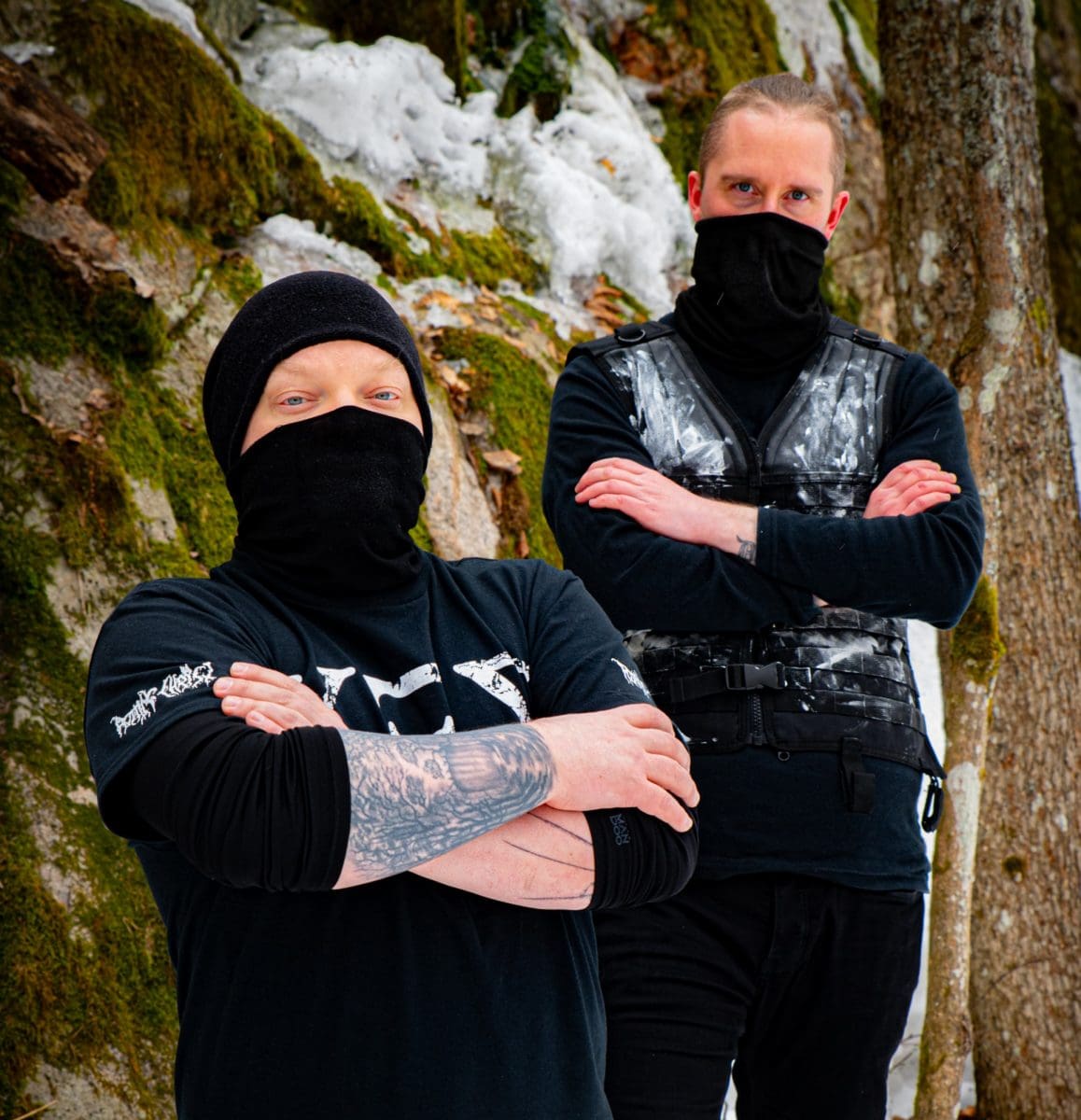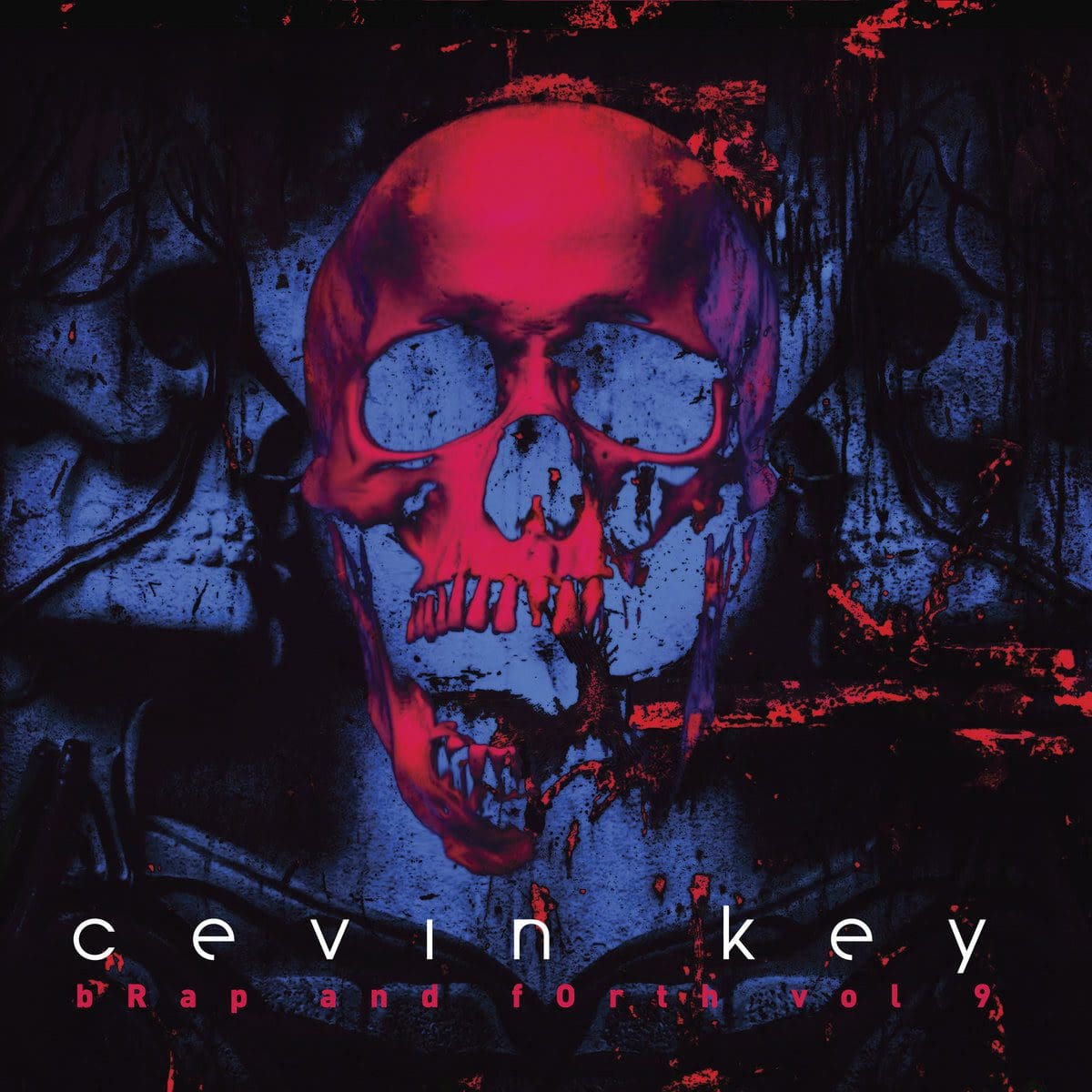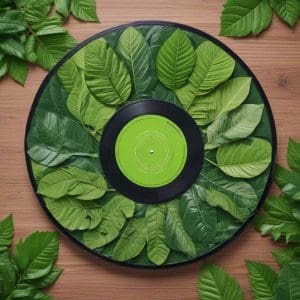Skinny Puppy – “All my gear crashing on top of me… was not good!” – Tech-Talk with DJ Wildhoney


cEvin Key (born Kevin William Crompton) is a founding member of the Canadian industrial-electro band Skinny Puppy. He has been involved into several side projects including Doubting Thomas, Cyberaktif, Hilt, Bananasloth, Scaremeister and Download and was before active in the new wave band Images in Vogue as percussionist. cEvin will bring live music and visuals on the Kaiju -vs- Modular electronic event in Tokyo next month.
Speaking of which, make sure to collect these Download and cEvin Key releases on CD and vinyl!
SL: How long ago did you buy your first keyboard ever? Which technology did it use (MIDI, 3.5″ floppy disks, …) and do you still own it?
cK: First keyboard was a Moog Multimoog, analog synth, pre MIDI. I got it about 1982 and still have it. I had a Roland TR-808 before that and Pollard Syndrums, so it wasn’t my first piece of gear.
SL: Which computer(s) and software do you currently use in your (home)studio?
cK: I mainly use Logic synced to the room and all clocks, I also like Renoise sometimes. I use an Apple Macintosh, though most of our earliest Skinny Puppy stuff etc., up until the new albums, we used an Atari 1040 ST with Steinberg Pro 24 sequencer, very primitive!
SL: Can you describe all synth gear and hardware you use nowadays? Which piece is the most valuable for you?
cK: Basically everything we’ve used we practically still have here. So it’s a list too long to go into. There is a wall alone that is the orginal setup of Skinny Puppy, based around a pair of Roland TR-808’s, Roland TR-909 with trigs going to many differnat devices including Sequential Circuits Pro One, Roland System 100m, ElectroComp Eml 101, Korg SQ-10, Korg MS-20, Korg MS-10, ARP 2500 and ARP 2600.
SL: When performing live, which keyboards and software do you use on stage?
cK: I have used a lot of different things throughout time, again too much too list. Lately I’ve been using a Roland V-Synth to use as a controller for mixing virtual synth with its architecture. I also have a Moog, Teenage Engineering OP-1 and various analog effects onstage including a hand triggered syncussion Pearl Syncussion SY-1.
SL: According to your opinion, which are the most legendary synths ever produced?
cK: It’s hard to say one. I’ll say the Sequential Circuits Pro One.
SL: And which are according to you the biggest synth artists/bands ever?
cK: Sun Ra.
SL: Share with us the worst case scenario that ever happened to you live on stage or in the studio!
cK: My riser collapsing mid song in Geneva 1988, all my gear crashing on top of me… was not good!
SL: The unavoidable question: do you prefer analog or digital synths more? And what’s your opinion about the virtual analog concept?
cK: I like both, wave synthesis and frequency modulation of digitally controlled oscillators are some of my most favorite timbres. For bass you can’t beat analog.
SL: Isn’t the digital technology evolving too quick and becoming too complicated for artists nowadays?
cK: There is way too much available for someone just starting. I can’t imagine how intimidating that must be. However most synths are really based on others and like music it’s up to the user to determine what’s right for them without getting lost in the music store. That’s why I don’t enjoy the new gear all the time philosophy. Just yesterday I was still studying the finer details of the Roland MC-202, which one tends to forget if you don’t stay on it. So generally it’s best to pick a certain piece of gear or two and focus on them instead of thinking of what’s new I could get to make it better. Generally that’s not the way to think.
SL: How will the future of creating electronic music look like?
cK: As far as I’m concerned we are already there. If I could have told Dwayne (Goettel – deceased on 23 August 1995 – member of Skinny Puppy, Ed.) what we’d be able to do since 1995, I’m sure he’d say the same.
Since you’re here …
… we have a small favour to ask. More people are reading Side-Line Magazine than ever but advertising revenues across the media are falling fast. Unlike many news organisations, we haven’t put up a paywall – we want to keep our journalism as open as we can - and we refuse to add annoying advertising. So you can see why we need to ask for your help.
Side-Line’s independent journalism takes a lot of time, money and hard work to produce. But we do it because we want to push the artists we like and who are equally fighting to survive.
If everyone who reads our reporting, who likes it, helps fund it, our future would be much more secure. For as little as 5 US$, you can support Side-Line Magazine – and it only takes a minute. Thank you.
The donations are safely powered by Paypal.










